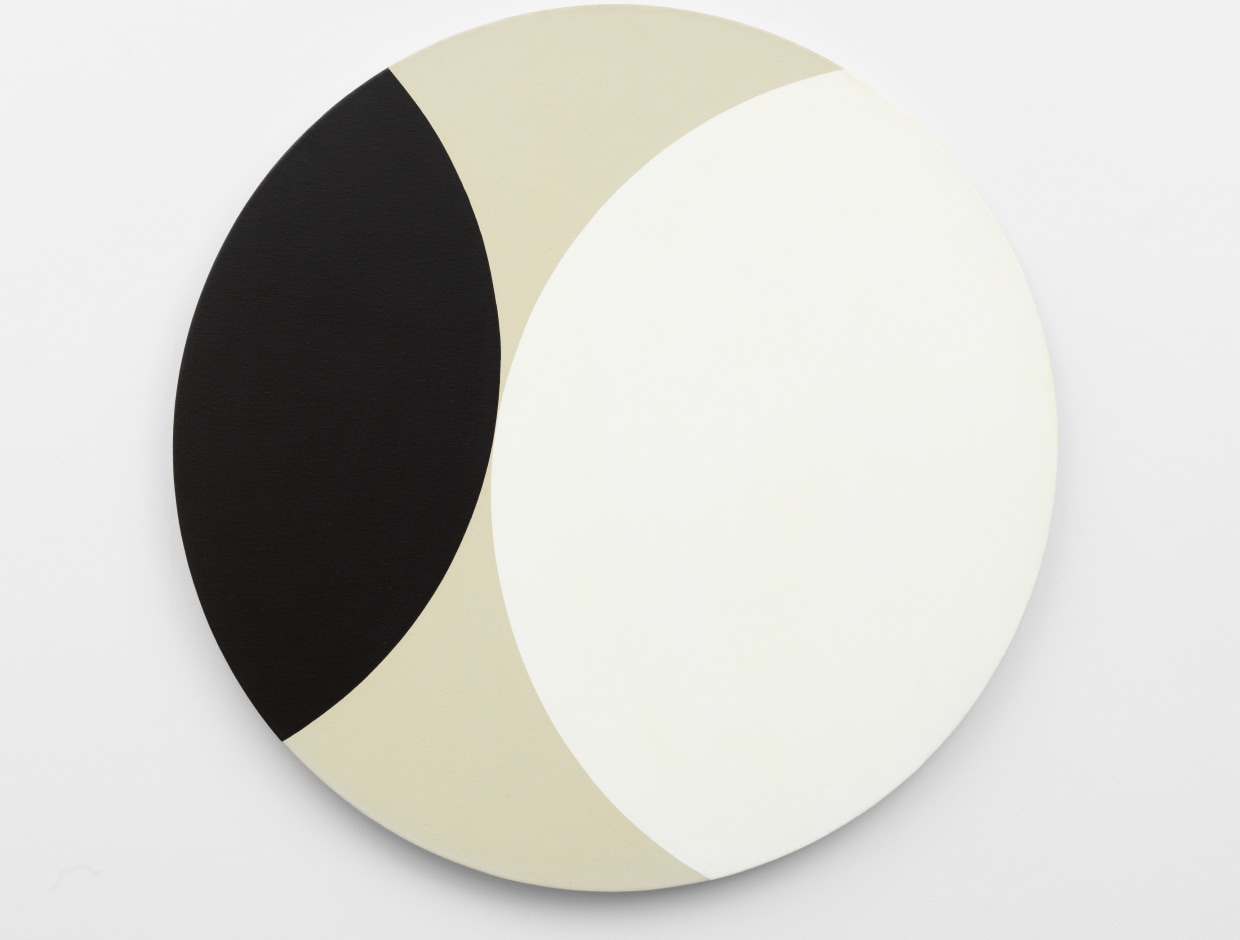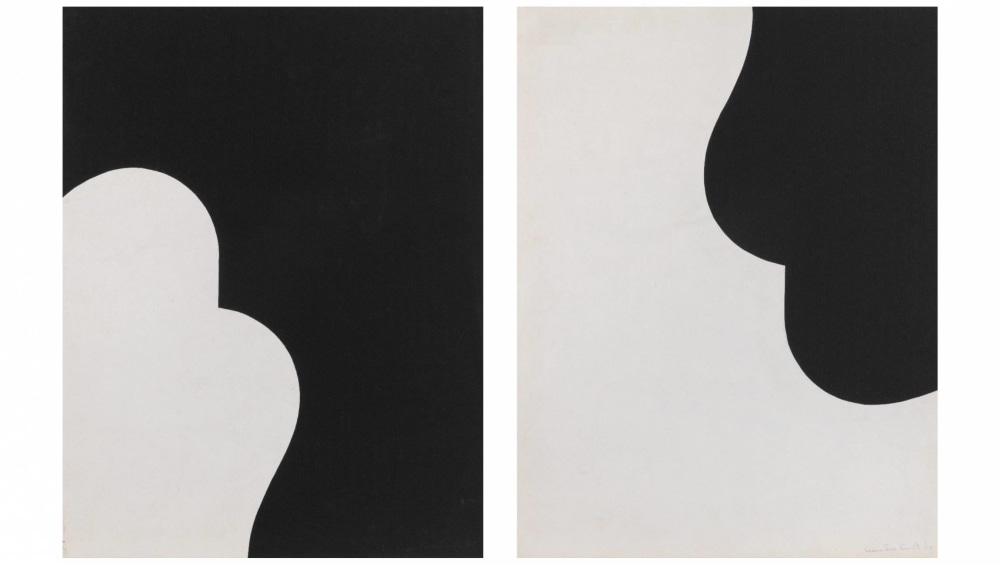

Left: Leon Polk Smith (American, 1906-1996), untitled, 1957, paper on paper (embossed), 25 5/8 x 19 3/4 inches. Right: Leon Polk Smith (American, 1906-1996), untitled, 1957, paper on paper, 26 x 20 inches. © Leon Polk Smith Foundation. Photograph by Adam Reich.
This exhibition presents the work of the innovative painter, Leon Polk Smith (1906-1996), whose significant contributions to twentieth-century art are becoming increasingly recognized. This presentation focuses on paintings and works on paper from the 1950s when Smith’s mature style began to flourish. Using a vocabulary of brilliant colors and simple, minimal forms, he challenged some of the most fundamental conventions of painting by dissolving the distinction between foreground and background and freeing his paintings from the boundaries of a rectangular format.
Self-identifying as partially Cherokee, Smith grew up and worked on his family’s farm in Oklahoma. At age twenty-seven, Smith became fascinated by art, enrolled in a painting class during his senior year in college and decided to become an artist. In 1952, at age forty-six, Smith moved full-time to New York City. Soon afterwards, his groundbreaking paintings attracted the attention of art dealers and several ambitious young abstract artists. Though Smith was never as widely recognized as some of his peers, he was a pioneer of “Hard-Edge Painting,” a movement characterized by clean, unvarying, sharply refined fields of color.
Leon Polk Smith: 1945-1962 is an expanded version of Leon Polk Smith: Big Form, Big Space, curated by Nigel Prince and organized by the Contemporary Art Gallery, Vancouver.
The Palm Springs Art Museum presentation is curated by Adam Lerner, JoAnn McGrath Executive Director/CEO.
Special thanks to The Leon Polk Smith Foundation.
This season’s exhibitions are sponsored by the Herman & Faye Sarkowsky Charitable Foundation and Yvonne & Steve (in memoriam) Maloney.